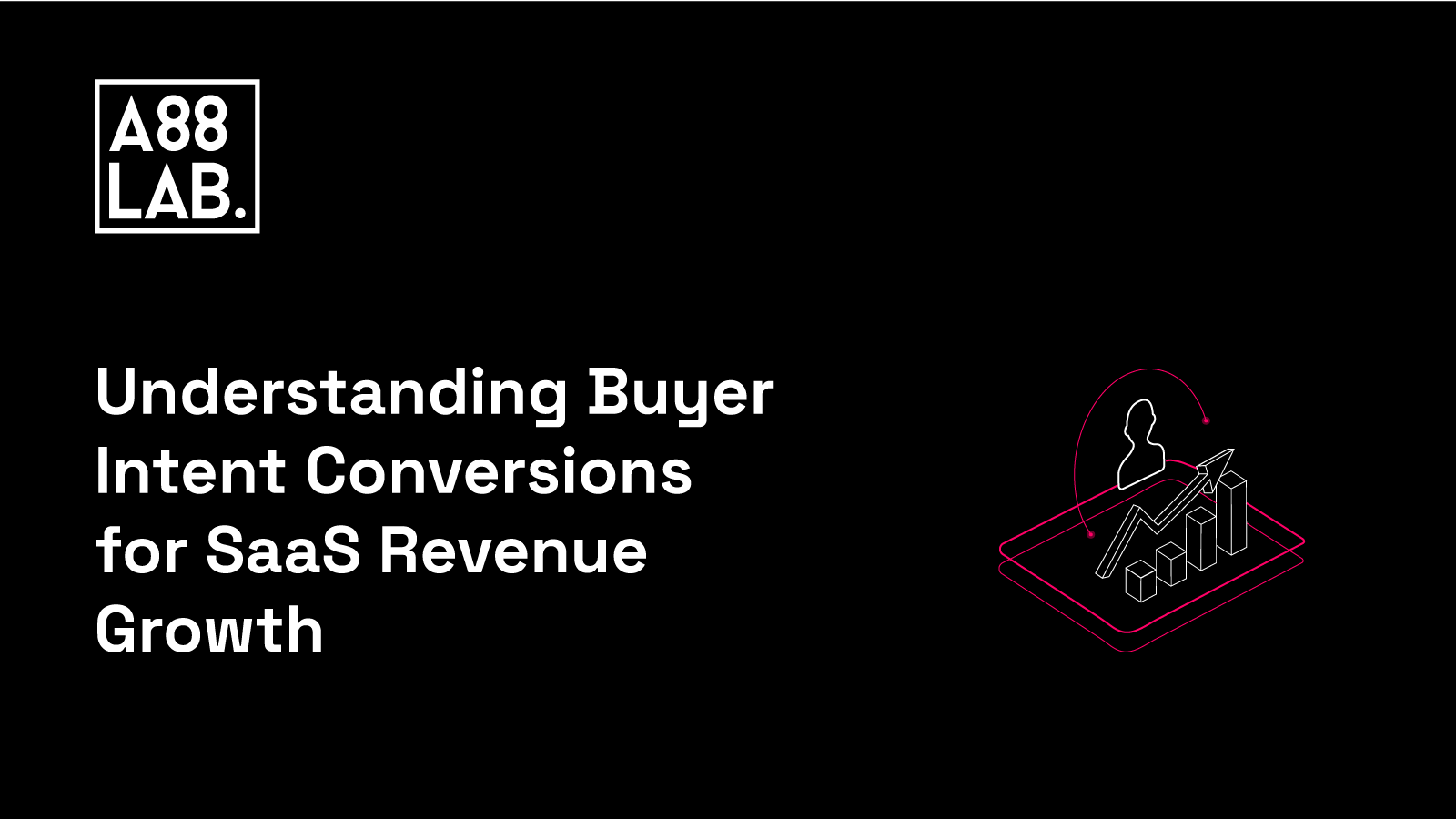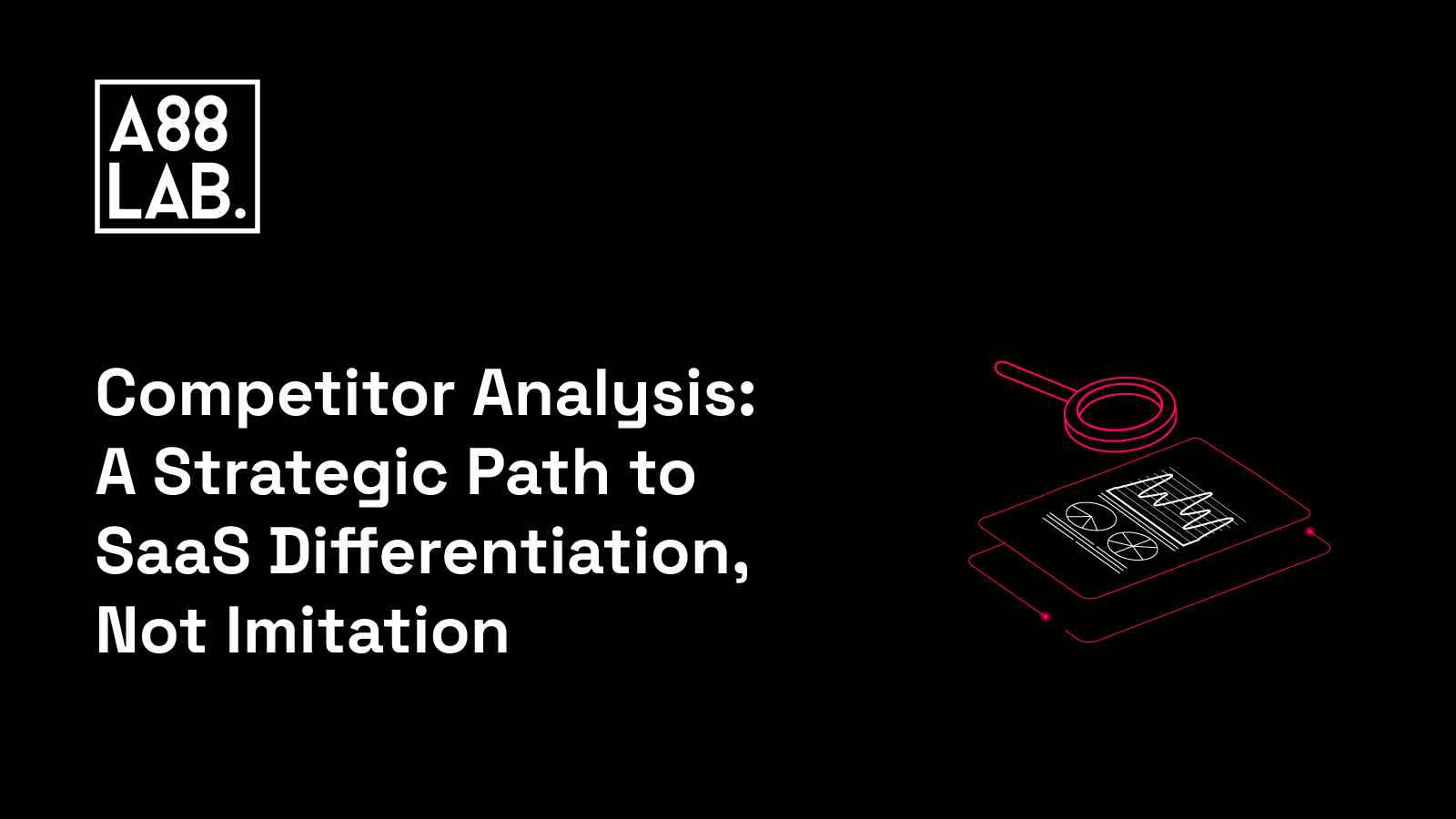Generating demand for early-stage SaaS comes with its fair share of challenges, with budget constraints being the most common one.
When we talk about budget constraints, think of it as the total number of items you can afford with the cash you have. It shows the choices within your financial limits and the trade-offs involved when you prioritize one expense over another. In SaaS marketing, budget constraints restrict the use of advertising campaigns, paid marketing channels, promotional events, and similar activities.
But, even if your budget is tight, your SaaS can still create demand. All you have to do is shift your focus to more efficient things and include some creative thinking. You can implement plenty of tactics that don't need a lot of financial resources and still target the right audience, make the most out of what you have, and achieve great results.
In this blog post, we'll share seven actionable tips to scale demand generation without breaking the bank and help you make the most of your current budget.
Content Marketing on a Budget
Content marketing should be the cornerstone of demand generation efforts for any SaaS business, and it can be a great way to get your name out there without spending too much. Good content can make you stand out from the competition, position you as a thought leader, help connect with potential customers, and increase website traffic.
But even if you don't have enough resources (whether time or money) to invest in creating blog posts, case studies, or guides, you can still do some things to stand out. One of them is putting a "niche" twist on your content marketing strategy. Specialize in something not many other businesses do and focus on specific industry-oriented or vertical market content.
You can focus on unique long-tail keywords relevant to your audience instead of the competitive ones big companies use. These keywords may have lower search volumes, but they will connect you to prospects genuinely interested in your offer.
Another way to come up with ideas for your content marketing strategy is to use free resources such as forums and social media to understand customers' preferences and challenges. Tailor your content to address these niche segments and see your prospects becoming more and more interested and engaged.
Teaming up with popular publications your target customers trust, like various platforms or newspapers, or using websites such as HARO or Medium, is another great tactic. These platforms share valuable insights and stories with their audience, helping you effectively reach more people. Partnering with them helps you focus on creating great content while they handle distribution. It's a cost-effective and efficient way, especially when resources are limited.
Finally, let's not forget all the benefits of user-generated content and community building. Encourage your current customers to share their experiences and testimonials on third-party websites, forums, or social media. This type of content will always build trust and credibility and create advocates for your SaaS product.
The Magic Of Inbound Marketing
Inbound marketing is all about drawing people in with great content and experiences and then nurturing those relationships to the point of conversion. In the SaaS world, inbound marketing is a strategic approach focused on attracting customers through content and interactions that are relevant and helpful — not interruptive.
It's a less expensive and more effective way to get the attention of your target audience and nurture them into potential customers. To create an efficient inbound marketing strategy, start by researching your ideal customer personas. Then, you can develop content tailored to their needs, interests, and challenges.
Some of the most effective ways to generate demand with inbound marketing without breaking the bank include:
- Search Engine Optimization (SEO): SEO is a long-term, budget-friendly way to drive organic traffic to your SaaS website. It helps you identify relevant long-tail keywords through research and craft high-quality content around them. It also helps make your website more visible and easily accessible to prospects searching for solutions.
- Email marketing: Email marketing is always a good idea, as long as you keep it relevant and segmented. It should also be personalized in order to create real connections with potential customers and ultimately drive them into the sales funnel.
- Webinars for education and engagement: Hosting or attending webinars can be a great way to provide education, build relationships with potential customers, and generate leads. You don't need to spend a lot of money on these activities if you focus on the quality of content and engagement opportunities for your audience.
- Social media: Social media marketing is one of the most cost-effective demand generation strategies out there – if done right. Building relationships with your prospects over social media benefits brand awareness and can be very efficient for demand generation and capture.
- Compelling Call-to-Action (CTAs) and landing pages: CTAs and landing pages help you guide prospects through the buyer journey. They're effective but don't require too much investment. A/B test different versions of CTAs and landing pages to create more tailored experiences for your customers.
Leveraging Partnerships for Mutual Success
Partnerships and collaborations are some of the best ways to scale demand generation on a budget. The key is to look for companies that offer complimentary products or services but don't necessarily compete with yours.
For example, if your SaaS offers a cloud-based HR management system, you could seek partnerships with payroll service providers or recruitment platforms. These co-marketing campaigns can provide value to each other's customer base, increase brand visibility, and expand marketing reach with shared resources. It's a win-win situation for both parties.
Another valuable strategy is setting up an affiliate program. This is a great way to increase sales and conversions without spending extra money on marketing. Allow affiliates to promote your products and services in exchange for a commission or other rewards. This type of collaboration helps you reach new audiences while adding credibility and trustworthiness to your offering since people are more likely to purchase from brands they know and trust.
Finally, partnering with an agency specialized in demand generation can help you reach your goals without breaking the bank. Agencies have access to the latest technologies and expert resources that can bring more efficiency to your campaigns while reducing costs. You don't have to hire a full-time team; you can still benefit from their experience and knowledge.
Data-Driven Marketing to Get the Most Out of Your Budget
Data-driven marketing is all about leveraging data insights and analytics to optimize your marketing strategy. You can start by collecting customer data from various sources, such as email campaigns, webinars, CRM software, website interactions, etc. This helps you identify trends and build a complete picture of who your customers are and what they need.
Once you have this data, you need to analyze it and use the insights to optimize your campaigns. You can also leverage AI technologies such as predictive analytics and machine learning to predict customer behavior and generate more conversions with limited resources.
These tools help you target the right audience at the right time to increase ROI on your marketing activities. They also enable you to track your results in real time so you can quickly change your campaigns and strategies as needed.
By understanding your customer's behavior, preferences, and pain points, you can create more meaningful experiences and interactions that drive conversions. For example, you could use this data to personalize emails and increase open rates or send segmented messages through social media platforms to ensure people get the information they need at the right time.
Harnessing the Power of Social Media
As we mentioned before, when you're on a low budget, social media can be a great way to increase demand generation and drive conversions. It's free, it's accessible to everyone, and it allows you to interact with your target audience directly.
You need to research and understand which platforms your customers are using and tailor your content strategy accordingly. Create high-quality visuals, fun videos, or witty memes to engage your followers. Make sure to post regularly and respond to comments, likes, and shares to build relationships with potential customers.
You can also use social media for influencer marketing partnerships. Identifying micro-influencers passionate about your product or service will help you reach new audiences without spending too much on advertising.
Organic reach and engagement are crucial to successful social media marketing, so don't just rely on paid advertising. Make the most of the free tools available on each platform and focus on creating relationships with prospects by responding quickly to comments and messages and sharing valuable content that people will want to share with others.
Now we know we said you shouldn't just rely on paid advertising – but it can still be a great way to reach even more people if your budget allows for it. Facebook, Instagram, or LinkedIn offer targeted advertising options that allow you to reach specific demographics, interests, and behaviors. Optimize your ad targeting and carefully craft ad copy to maximize your advertising budget's impact, ensuring your ads reach the most relevant potential customers.
Creative Guerrilla Marketing Ideas
When you're working with a limited budget, it pays to get creative. Guerrilla marketing can help you getting your message out there in unexpected and innovative ways. Think outside the box and come up with unique ideas that will help you create buzz and make your SaaS stand out from competitors.
It can be as simple as organizing a contest or giveaway on social media or partnering with local businesses to host an event. You could even create a scavenger hunt and invite people to find clues at different locations around the city for a chance to win prizes. These types of campaigns encourage people to interact directly with your brand and create positive associations in their minds.
On a smaller scale, you can consider creating branded merchandise like t-shirts, mugs, pens, and notebooks. These low-cost items can be used to reward loyal customers or distributed at conferences and events as a way to increase brand awareness.
You could also try some creative advertising campaigns like placing ads in unusual locations such as the back of restroom doors or bus stops – this will definitely catch your audience's attention.
No matter what type of campaign you decide to pursue, make sure it aligns with your company's mission and core values. That way, people will be more likely to remember and connect with your brand for the right reasons.
Remember, the key to successful guerrilla marketing is bold, creative, and authentic. Embrace the element of surprise and think outside the box to create memorable experiences that resonate with your target audience.
Building Relationships and Brand Loyalty
Demand generation is not just about getting people to click on your ads or buy your product – you also want to build relationships and encourage brand loyalty.
A great way to do this is to focus on customer service. Ensure your team is responsive and attentive, and provide helpful solutions to customer queries and problems. This will show customers you care about their needs and make them feel valued.
You can also create loyalty programs or reward systems to incentivize people to keep coming back. Offering discounts or special promotions for repeat customers will make them more likely to stay loyal and spread the word about your product.
Send personalized emails, or even physical cards, thanking customers for their business. Make sure to include your contact information and encourage them to reach out with any questions or feedback they may have.
Finally, make sure you track customer retention rates and monitor reviews and ratings. This will help you understand how people perceive your product or service continuously so that you can make necessary changes and improvements.
Additional Strategies for Demand Gen Success
While you may believe a high budget is a key to successful demand generation, it's not always the case. There are numerous strategies that can be implemented even with limited resources. Below are some additional things to consider that can significantly scale demand generation on a budget.
- Utilize influencers: Reach out to popular figures in your target industry and ask them to promote your product. If they have a loyal fanbase, this could translate into more sales for you.
- Don't forget about word-of-mouth marketing: It's still one of the most effective ways to spread awareness about your product or service.
- Focus on thought leadership: Write blog posts or articles on topics related to your product or industry. This will help you become an authority in your field and increase the chances of people finding and connecting with your brand.
- Utilize customer testimonials and case studies: Showcasing how people have succeeded with your product is an effective way to build credibility and trust.
- Experiment with different types of content: Try out podcasting, webinars, or even live streaming. This will help you reach new audiences and get more exposure for your brand.
- Don't be afraid to try something new: A/B testing is a great way to see what works best for your audience and optimize your campaigns.
And finally, don't forget the basics - ensure you have an attractive website and engaging content. This will help encourage people to stick around and learn more about what your SaaS has to offer.
Final Words
To wrap it up, scaling demand generation with limited resources isn't solely about the size of your budget but the weight of your creativity. Remember, it's not about outspending your competition but outsmarting them. Engage in guerrilla marketing, leverage the power of influencers and organic SEO, and foster relationships to inspire brand loyalty.
Be experimental, try different types of content, and don't shy away from A/B testing. A tight budget doesn't mean you can't scale; it just means you have to be a bit craftier, a bit bolder, and a lot more creative. So, fire up your imagination and put these strategies into action. Remember: resourcefulness is the ultimate resource.
.png)


